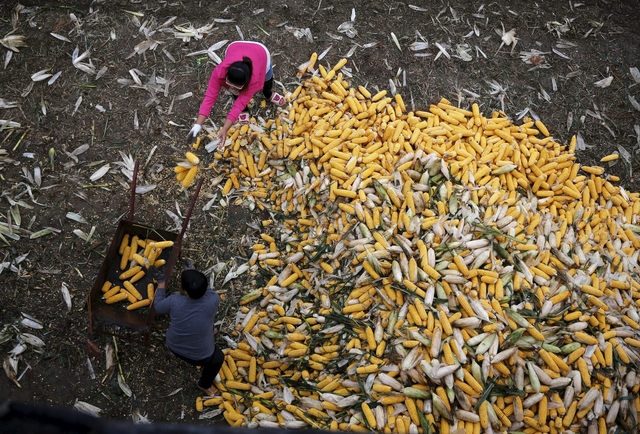The World Bank cut its 2015 and 2016 growth forecasts for developing East Asia and Pacific, and said the outlook was clouded by the risk of a sharp slowdown in China and possible spillovers from expected increases in U.S. interest rates.
The Washington-based lender now expects the developing East Asia and Pacific (EAP) region, which includes China, to grow 6.5 percent in 2015 and 6.4 percent in 2016, down from 6.8 percent growth in 2014.
Its previous forecast in April was 6.7 percent in each of 2015 and 2016.
"The baseline scenario for regional growth is subject to a greater-than-usual degree of uncertainty, and risks are weighted to the downside," the World Bank said in its latest East Asia and Pacific Economic Update report on Monday.
"In particular, uncertainty surrounds the trajectory of, and spillovers from, China's economic rebalancing and the expected normalization of U.S. policy interest rates."
The World Bank said the downward revisions to regional growth forecasts mainly reflect a moderate slowdown in China's economy, which it sees growing 6.9 percent in 2015 and 6.7 percent in 2016, down from 7.3 percent in 2014.
The previous forecast was for China to grow 7.1 percent in 2015 and 7.0 percent in 2016.
Growth in developing East Asia excluding China is expected to hold steady in 2015 at 4.6 percent before accelerating to 4.9 percent in 2016, the World Bank said. Those were down from previous forecasts of 5.1 percent growth in 2015 and 5.4 percent in 2016.
The bank said the outlook for household incomes and business profits in Indonesia and Malaysia was clouded by weakness in global commodity markets. It said lower real trade-weighted exchange rates can play a key role for such commodity exporters to adjust to weaker terms of trade.
"The depreciations of the Indonesian rupiah and Malaysian ringgit against the U.S. dollar have reduced the drop in exporter revenues, corporate profits, and household incomes in local currency terms -- a valuable shock-absorbing effect," it said.
"More generally, authorities should limit currency market interventions to smoothing volatility, given the importance of maintaining adequate reserve buffers," the World Bank added.
Further declines in Asian currencies against the dollar could cause balance sheet strains in countries with significant dollar-denominated debt, it said.
"Stress may arise whenever individual firms and sectors suffer from a significant concentration of liabilities," the World Bank said, adding that such risks are a special concern in Indonesia, Malaysia, Thailand and Vietnam.


















































